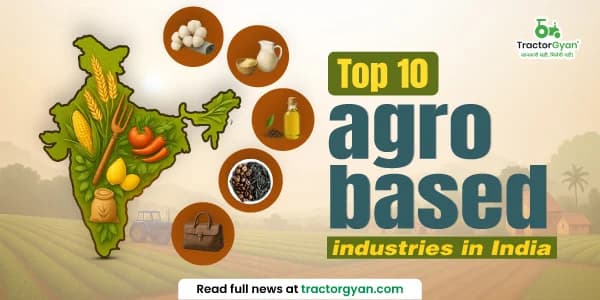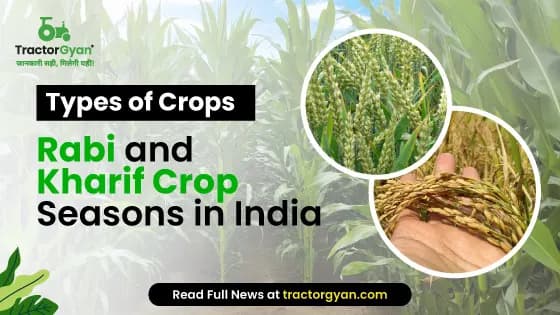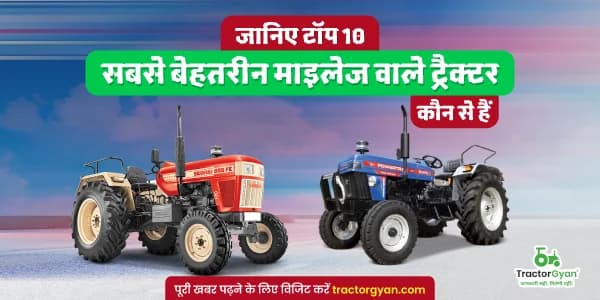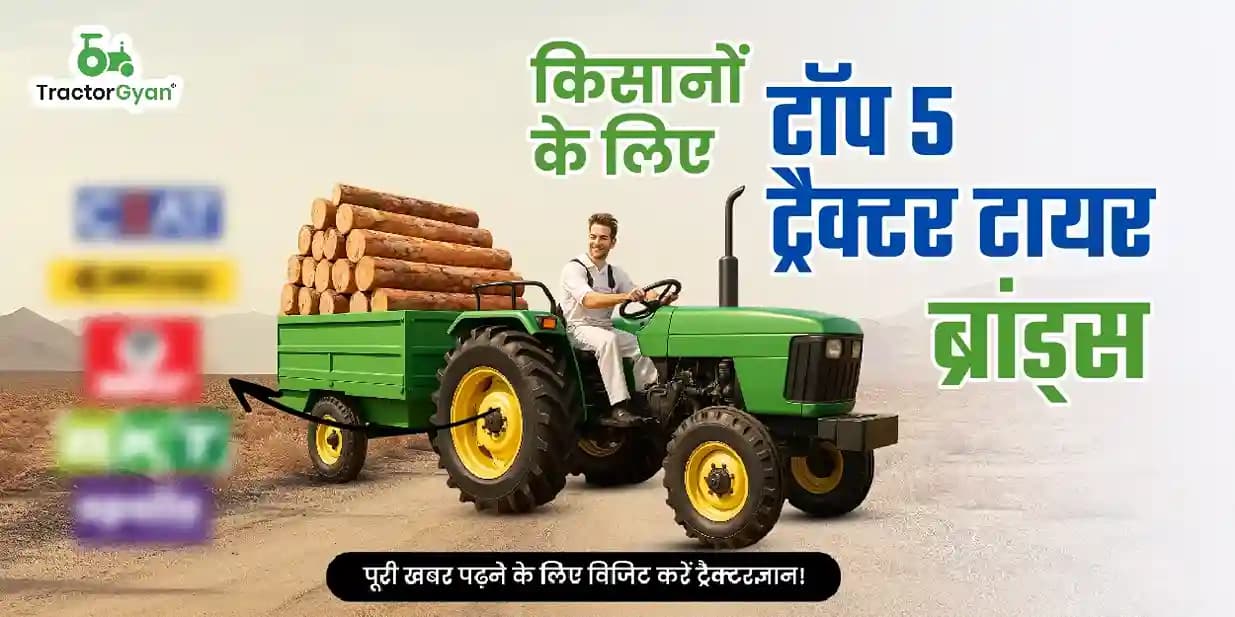What makes Zaid Crop the most profitable season for Farming?
टेबल ऑफ कंटेंट
Agriculture is the main source of income in our country along with other activities. Under the practice of farming and agriculture, there are various crops and different types of crops are being grown depending upon the sowing ad harvesting season.
India's agriculture is a significant geographical issue. In India, 49% of the population is dependent on agriculture.
14% of the GDP and the distribution of income and wealth in India are attributed to agriculture. It offers necessities like food for humans and animal feed. It also serves as a significant supply of raw materials for India's agro-based businesses.
Numerous crops can be grown due to the country's extensive relief, diverse climate, and diverse soil conditions. In India, all tropical, subtropical, and temperate crops are grown, but primarily food crops
The three main types of crops which is grown in the country is the Rabi, Kharif, and Zaid crop. This article mainly talks about the cropping season which falls in between the Rabi and Kharif cropping seasons which is the Zaid Season.
Zaid crops are seasonal, grown from March through April to May through June. This is the period between India's two main farming seasons, Rabi and Kharif.
The duration or the amount of time taken to grow or cultivate the Zaid cropping is of a shorter period as it occurs between the two major cropping periods.
Importance of Zaid crops

In addition to raising cropping intensity and increasing land use, summer crops also increase farmer income.
Pulses sown in the summer rejuvenate the soil and boost farmer income in addition to cereals grown in the summer, which provide food security.
A variety of fodders are grown over the summer to feed cattle. Summertime farming of fruits, vegetables, and oilseeds not only increases nutrient security but also saves money.
Characteristics of Zaid crops:
-
Zaid crops are also known as summer crops because they are mainly sown in the summer seasons and they do not depend upon monsoons they require well-irrigated areas of land for cultivation.
-
Zaid crops are classified to be short-duration holding crops that do not require a year to replenish.
-
Zaid crops require more days during the flowering period and dry, warm temperatures during the main growing stage. The ideal months for these crops are between March and June since they are warm, dry, and have longer days.
-
Seasonal fruits and vegetables that are planted in March and April and harvested in June and July are among the main Zaid crops. They keep the grower's wallets happy while adding nourishment to the end user's plate.
-
Zaid crops are mainly grown in the states of Uttar Pradesh, Gujarat, Haryana, and Tamil Nadu.
Major examples of Zaid crops are as follows
-
Watermelon
-
Muskmelon
-
Pumpkin
-
Cucumber
-
Bitter gourd
-
Brinjal
-
Mung bean
-
Arhar
-
Masur (lentil)
-
Sunflower
-
Groundnut
Requirements for growing Zaid crops

To cultivate or grow Zaid crops in your farming land you need to keep in mind the specific and considerable level of requirement.
-
Temperature and level of humidity: Zaid crops grow mainly after the return of monsoon the temperature level rises to 40 degree Celsius When seeds are sown, this temperature is 25 degrees Celsius, and when crops are harvested, it can reach 35 to 40 degrees Celsius.
-
Soil Type: Since Zaid crops are vine plants, they require the least amount of moisture. Zaid crops can flourish in both black and red soil, but alluvial and loamy soils are typically best recognized for producing them. Desert soil, however, is not the best for Zaid crops.
-
Less use of chemical fertilizers: While these crops don't require a lot of precipitation, fertile soil is necessary. For Zaid crops, the soil mostly needs to include the elements nitrogen, phosphorus, potassium, calcium, iron, and magnesium. The most crucial nutrients for growing Zaid crops in low moisture are phosphorus, potassium, calcium, iron, and magnesium.
-
Weeding is necessary for the spontaneous growth of plants: Zaid crops might be impacted by unforeseen plant growth. These ad hoc plants take in larger-sized elements and minerals. Weeding is occasionally required to prevent such undesirable spontaneous plants.
-
Irrigation: Zaid crops don't need additional irrigation water even in dry weather because they can grow in the least damp environments. However, they require occasional, brief showers of water for the food-making process and greater growth (over a period of 10 to 15 days).
How is the government responsible for encouraging the growth of Zaid crops?

The government is actively encouraging and fostering the growth of the Zaid crop because it offers the Indian economy several extremely beneficial advantages.
The government has several programs and plans in place to produce summer crops such as cereals, pulses, and oilseeds.
The government wants to welcome the additional revenue that summer crops bring in while also giving farmers who were previously underemployed or out of work as they awaited the next season new employment options.
Since the area under cultivation at this period has been rising consistently for the previous few years, the current focus on Zaid crops has worked well.
List of existing programs for Zaid or summer crops:
-
The existing or ongoing TRFA program in six eastern and four southern states promotes the growth of Zaid crops (mainly pulses and oilseeds.
-
Intercropping in oil palm
-
Intercropping in sugarcane and many more.
How are Zaid crops protected?

In addition to weeds, small creatures like rats, mites, insects, vermin, disease-causing diseases, and regularly attacked by birds, agricultural areas would also include crops. The loss or damage to the crops is primarily caused by all of these variables. Farmers must therefore safeguard their crops from these pests to produce large yields of crops. So, managing crop protection is crucial before, during, and after cultivation.
Zaid/summer crops which are planted in most states after Rabi crops have been harvested are particularly exposed to injury from grazing cattle. After the Rabi season, when just a few fields are planted with crops, wild animals including blue bulls, wild boars, monkeys, deer, elephants, and others are also accountable for damaging farmers' harvests.
The production of pulses and oilseeds during this season should be encouraged to boost yield, and strategies to reduce damage by cattle and wild animals must be established.
About TractorGyan
Tractor Gyan is an expert-led platform that aims to empower Indian farmers by providing accurate and timely information, and technological advancement about tractors and farm equipment in India.
TractorGyan helps farmers with New Tractor information, Compare Tractors, Tractor prices, Buying and selling of second-hand tractors, Tractor Insurance, Tractor Finance, Tractor tyre, Tractor Implements, Tractor EMI calculator and more.
On our Platform, we have information about leading brands :
- In tractors like Captain, Preet, Farmtrac, Vst shakti
- In Tyres like BKT, Ceat, Apollo etc.
- In Tractor Loan/Finance like Central Bank Of India, State Bank Of India, etc.
- In Tractor Implements like Kartar, Fieldking, Landforce, KMW, etc.
- In Tractor Insurance like Mahindra Finance, Axis Bank, ICICI Bank, etc.
TractorGyan is Helping India mechanise by delivering crucial information about tractor buying and guiding farmers at every step so that they get a tractor or farm equipment that empowers and equips them to produce quality yield.
कैटेगरी
और ब्लॉग पढ़ें
Commercial farming, a key pillar of modern agriculture, plays a pivotal role in meeting the global demand for food, raw materials, and exports. By focusing on cultivating a single crop over extensive areas, commercial farmers optimize production and contribute to the economy.
In...
The world sure moves faster than we think, but not every advancement is a boon, especially when it comes to farming. Growing crops does not require chemicals or other artificial amenities in some areas of the farming industry. Rather than using chemicals...
Being a Farmer the most important task falls under his role is the health of the soil and crop and to maintain the adequate health and fertility of the soil the most essential aspect which needs to be taken into consideration...
इसके बारे में अपनी टिप्पणी लिखें What makes Zaid Crop the most profitable season for Farming?
.webp&w=1920&q=75)
ट्रैक्टर और कृषि से जुड़े सबसे अधिक खोजे जाने वाले ब्लॉग्स
18 Dec 2025
18 Dec 2025
29 Jul 2025
08 Sep 2025
03 Jul 2025
30 Jul 2025
30 Jul 2025
30 Jul 2025
29 Jul 2025
30 Jul 2025
26 Dec 2025
31 Jul 2025
18 Dec 2025
26 Dec 2025









.jpg&w=2048&q=75)






.webp&w=2048&q=75)










.webp&w=2048&q=75)
.webp&w=2048&q=75)




























